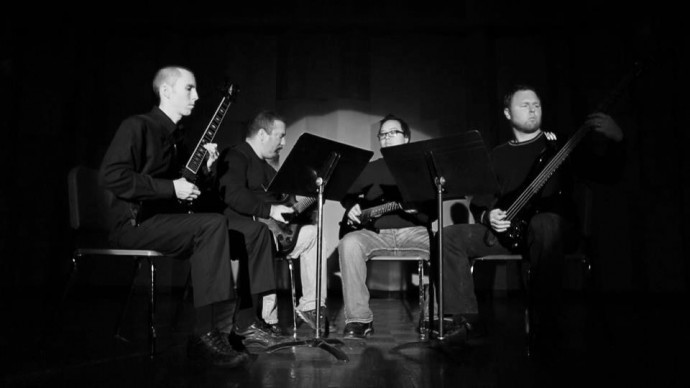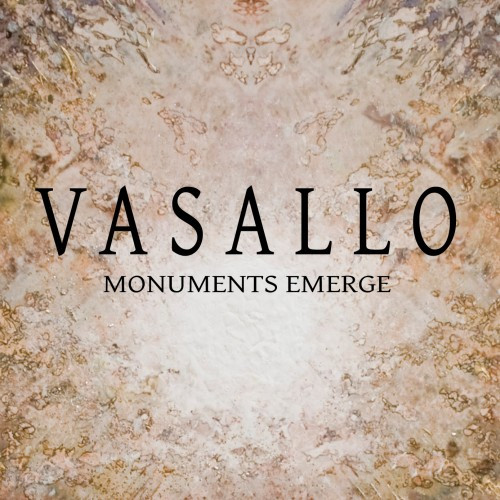In September 2012 we published what I think was the first review of Called To Rise, the debut album by Bay Area death metal heavyweights Oblivion. It was so early that the album hadn’t yet been released, so early that no release date had even been set. Since then, of course, the album has debuted, and Oblivion have earned themselves quite a following. One of the things the band have had going for them since the beginning was a lot of instrumental talent, plus the significant songwriting contributions of a guy (vocalist/bassist Nick Vasallo) who happens to be an accomplished classical composer.
Vasallo’s classical training and interests shine through in different ways on Called To Rise, but most clearly on the song “Canon 1 in E Minor”. As Vasallo has explained, the song was “a conscious effort to bridge the worlds of Metal and Classical music”:
“A canon is a compositional technique that requires strict repetition in all musical voices. This is also an example of triple counterpoint–a very old contrapuntal device that is rarely (if ever) used in modern popular music, especially anything branching from rock and roll. There are essentially three different lines: the middle guitar (Alto) begins, then the high guitar (Soprano) answers, and finally the low guitar and bass enter (Tenor and Bass). All voices play the same line in 3 different positions so that the melody exists as the top voice, middle voice, and bottom voice. The trick is getting all the voices to work melodically, harmonically, and functionally.”
Today Oblivion released a music video for this song, with the three guitar parts performed by Vasallo, Ted O’Neill, and Victor Dods and the bass part played by Ben Orum. And what’s extra cool is that the performance was staged as you would expect to see if the piece had been performed by a chamber music ensemble. Continue reading »


